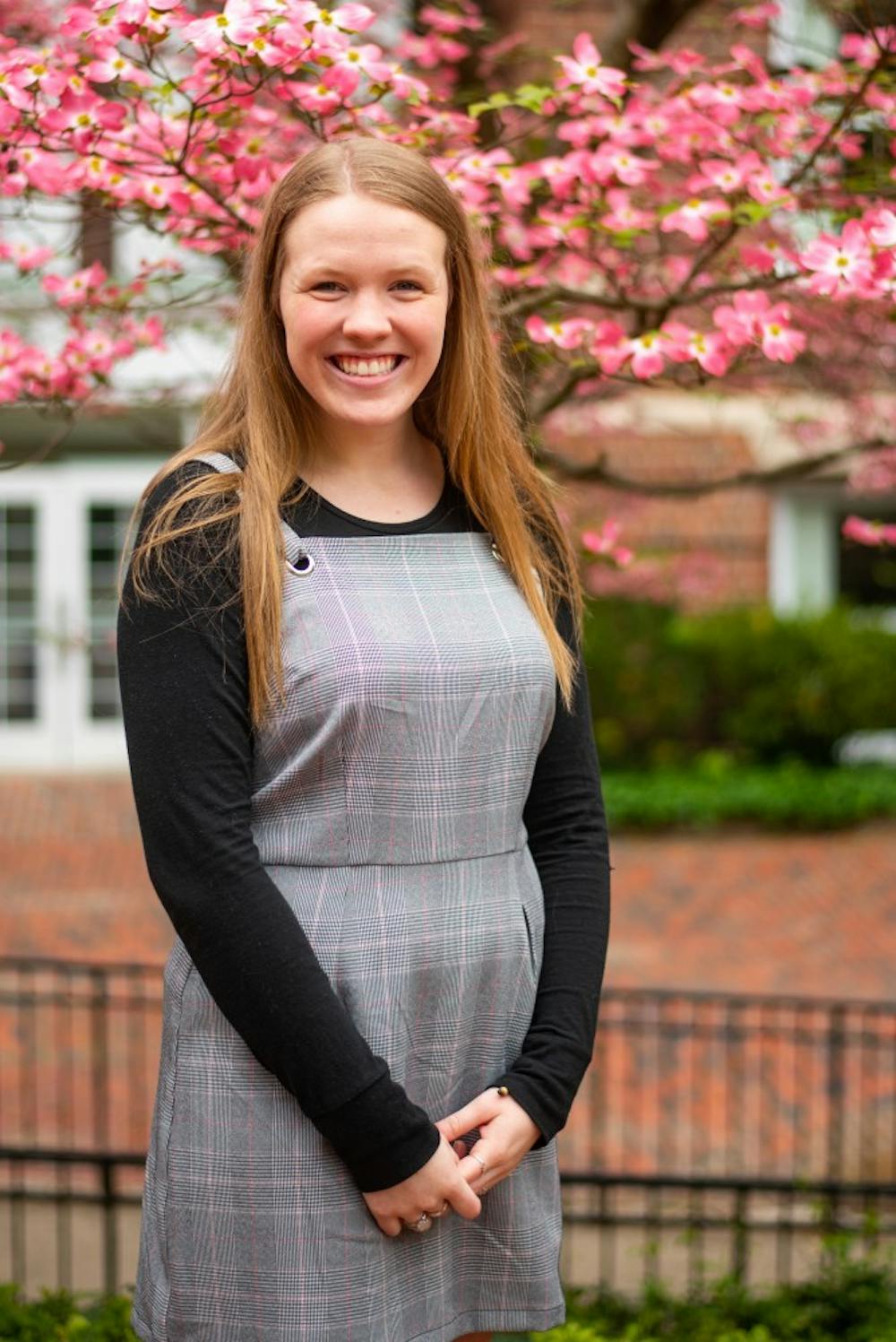Halloween isn’t the only time of year that celebrates horror films. Though Halloween may be the time of year where they’re more relevant, horror films premiere year round and are a great genre of filmmaking.
However, horror films just plainly aren’t what they used to be conceptually.
Think about all of the great horror films from the 20th century: Psycho, Aliens, Night of the Living Dead, Silence of the Lambs, Halloween and so many more. Those films all have two things in common: one, they all have great concepts and plots and two, they don’t have the best special effects.
Directors nowadays rely too much on jump scares, remakes and special effects to make the film scary, rather than taking the time to come up with a unique concept.
Take both of the Nightmare on Elm Street films. The original film in 1984 has a 94% rating on Rotten Tomatoes. At the time, the concept was terrifying to audiences because sleep is when people are supposed to be able to escape the scary elements, rather than be subjected to them. The idea is unique, and while Wes Craven didn’t have the technology that exists now, it was still horrifying for audiences.
Of course, with all of the new technology invented in today’s era of filmmaking, people like to think taking an original concept lacking special effects and remaking it is the way to go.
In 2010, Samuel Bayer remade Nightmare on Elm Street using the same concept with new technology. The film only got a 15% rating on Rotten Tomatoes, though, including scoring lower on other critiquing websites like IMDb and Metacritic. Remaking old films while relying on new special effects technology is therefore not a surefire way to create a good horror film.
There are some horror films that utilize special effects in a way that makes it work. For example, The Conjuring is a huge advocate for special effects and relies on them to make the film scary, but the effects don’t overtake the originality of the plot, which is derived from a true story. The Conjuring utilizes modern technology without making a spectacle out of it and making it the central plot.
A film that does rely on jump scares and special effects, however, is The Curse of La Llorona, which exhausts the same idea as films like The Woman in Black, Mama or even The Conjuring. The film earned an expected 29% on Rotten Tomatoes. Films like The Curse of La Llorona shows disappointing horror films are today.
Some filmmakers are saving the modern horror genre, like Jordan Peele, who has created Get Out and Us, two incredible horror films, or Ari Aster with Hereditary and Midsommar. With original concepts and a painfully close attention to detail, both of those directors prove that there is still some hope for the modern horror film genre
The bottom line is, it’s time to stop relying on jump scares and special effects to make a film great. If a film like Nosferatu (1922), Rosemary’s Baby (1968) or The Bride of Frankenstein (1935) can get some of the highest rankings from critics without any use of modern technology, it’s clear that special effects aren’t the key to a great horror film. The key is in the concept, and it’s time for more directors and writers to take notes from their predecessors.
Riley Runnells is a sophomore studying journalism at Ohio University. Please note that the views and opinions of the columnists do not reflect those of The Post. Do you agree? Let Riley know by emailing her at rr855317@ohio.edu.






